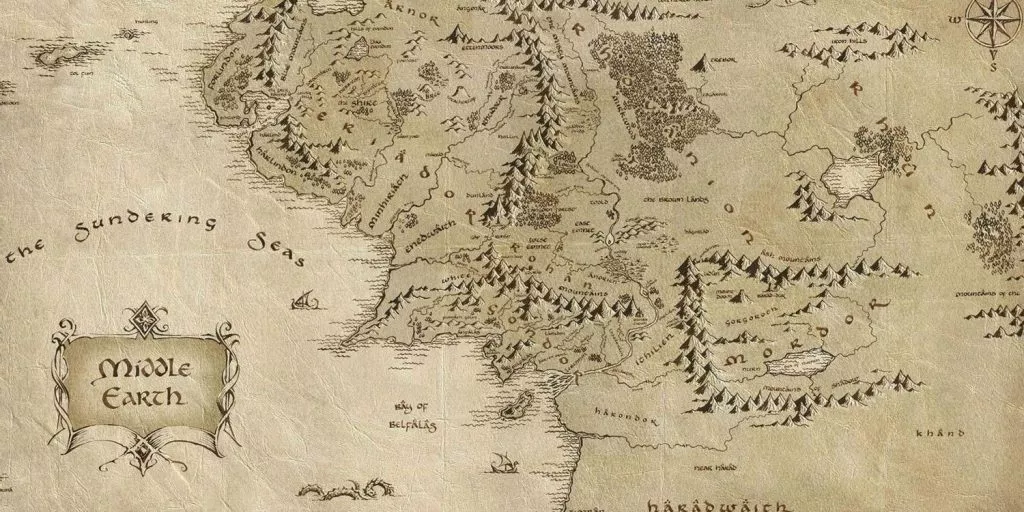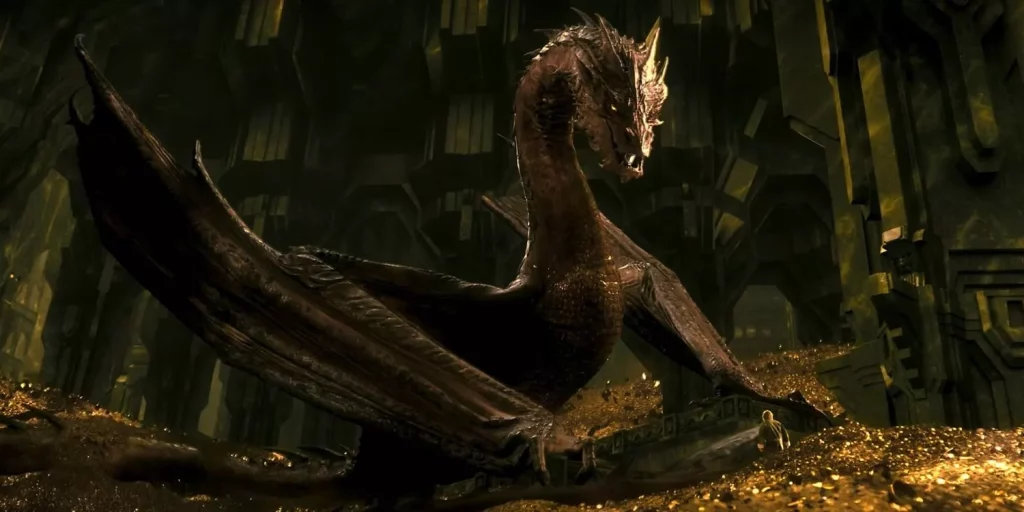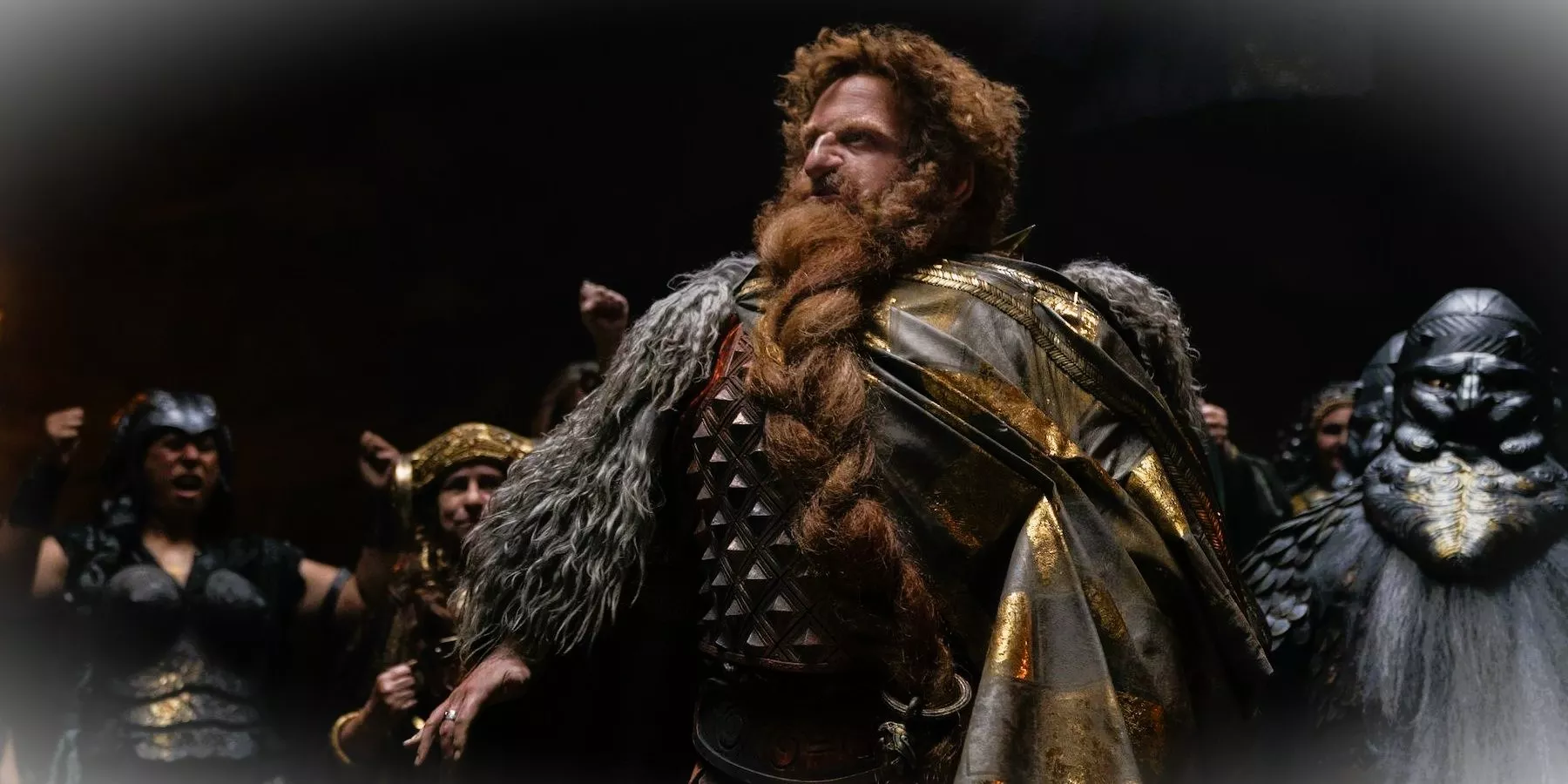The world depicted in J.R.R. Tolkien’s Lord of the Rings is brimming with extensive and profound lore. Tolkien’s imaginative races are accompanied by expansive historical accounts that span across the significant ages of Middle-earth. In both the Second and Third Ages, the primary conflict revolves around the Rings of Power, enchanted rings clandestinely created to assist Sauron in his ambition to conquer all the inhabitants of Middle-earth.
Devoted enthusiasts of Lord of the Rings are undoubtedly acquainted with the repercussions of the Rings of Power, leading to the downfall of the Elven and Human races. However, what transpired with the Dwarves in the face of Sauron’s treacherous scheme, and what fate befell their leaders during the crafting of the Rings?
What are the 7 Dwarf Clans
The Seven Dwarf Clans originated from the creation of the Dwarves during the First Age in Middle-earth. While Ilúvatar, the supreme deity in Tolkien‘s mythology, personally brought forth the Elves and Men, Aulë, a Vala associated with craftsmanship, grew impatient for his own students and crafted the Dwarves out of stone. This occurred during the Sleep of Yavanna, a period when Middle-earth was perilous and teeming with monsters. To ensure their survival, Aulë endowed the Dwarves with their characteristic strength and resilience. Though Aulë’s interpretation of Ilúvatar’s designs for the Elves and Men led to the Dwarves being shorter and stouter, Ilúvatar spared them upon discovering Aulë’s creation. However, he commanded Aulë to place the Dwarves in various locations throughout Middle-earth until the awakening of the Elves.
Aulë created seven Fathers of the Dwarves, who later became the progenitors of the Seven Dwarf Clans. These clans are known as the Longbeards, the Broadbeams, the Firebeards, the Ironfists, the Stiffbeards, the Blacklocks, and the Stonefoots. The firstborn among them was Durin, a renowned figure who directly influenced Thorin Oakenshield and indirectly influenced Gimli. Durin awoke alone at Mount Gundabad in the Misty Mountains and established the Longbeards at Khazad-dûm, also called Moria, where he accomplished numerous remarkable achievements.

The seven original Dwarves possessed a unique form of immortality, whereby they would rejuvenate and come back to life after a certain span of generations. This process was distinct from conventional ideas of reincarnation since their physical bodies were preserved, and their souls would animate them once again. Durin, for example, was believed to have been reborn six times to provide guidance to his people. However, despite this recurring cycle, leadership of the dwarf clans passed down to various Lords throughout the generations. Among all the leaders, it is the seven who held power during the creation of the Rings of Power that had the most profound impact on the history of Middle-earth.
The Impact of the Seven Dwarven Rings
In the Second Age, following Morgoth’s exile, Sauron, a prominent lieutenant of the fallen dark lord, orchestrated the crafting of the Rings of Power. Intended for the Elves, these rings aimed to delay the world’s decay and preserve its perceived beauty. The immortal Elves, originating from Valinor, sought to resist the inevitable “fading” and halt the encroachment of a changing world that would eventually exclude their kind and magic itself.
Exploiting the Elves’ fears, Sauron assumed the guise of Annatar, a seemingly benevolent being of natural essence, and persuaded Celebrimbor, a renowned Elven smith, to forge the nineteen Rings. As Lord of the Rings aficionados are aware, the famous verse begins, “Three Rings for the Elven-Kings under the Sky, Seven for the Dwarf-lords in their halls of stone…” culminating in nine rings for humans, and the One Ring, which Sauron intended to control them all. The Seven Dwarven Rings were assigned to the Seven Dwarf Lords of that era, with one ring allocated to each clan.
Little is known about the individual Dwarf Lords, except for their notable resistance to the rings’ corrupting influence. Created by Aulë, separate from the intricate tapestry of creation that brought forth Elves and Men, the Dwarves proved impervious to direct control by Sauron and his One Ring. Nevertheless, the Seven Dwarven Rings ultimately led to the downfall of the Clans. Designed solely to enhance the acquisition of wealth by multiplying the treasures mined, these rings fueled the Dwarf lords’ innate greed. The usage of the Seven Rings resulted in the creation of the Seven Hoards of the Dwarf Kings—legendary troves of riches, each controlled by a different clan.
The Ruin of the Seven Hoards

The fate of the Seven Hoards and their respective Lords led to eventual ruin. Four of the hoards became targets for dragons, reminiscent of Smaug‘s assault on the Lonely Mountain in The Hobbit. These dragons devoured four of the Seven Rings, resulting in the destruction of cities and hoards and presumably claiming the lives of the affected lords. Sauron personally retrieved two of the rings, leaving uncertainty regarding the fate of their wearers. The final ring came into the possession of Thrain II, the father of Thorin Oakenshield and Lord of Durin’s Folk, the Longbeards, during the Third Age. However, Sauron ultimately regained control of this ring after capturing and torturing Thrain II.
Beyond the creation of the Seven Rings, the recorded history of the Dwarves primarily focuses on Durin’s folk, known as the Longbeards. Following the devastation caused by Smaug’s Desolation, Durin’s clan became a nation of nomads, devoid of a homeland until the events depicted in The Hobbit, which saw the defeat of the dragon. The exact destinies of the other Dwarf Clans remain largely unknown, although some accounts suggest their integration with larger clans. For example, the Firebeards and Broadbeams, both originating from the Blue Mountains, lost their homes and sought refuge in Moria, joining the colony of Durin’s descendants established there.
